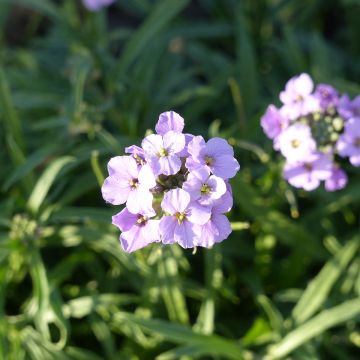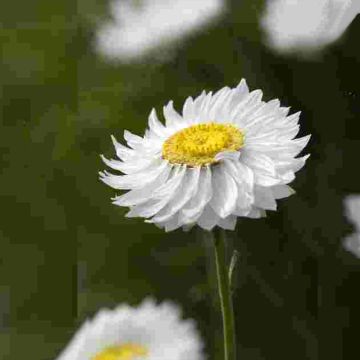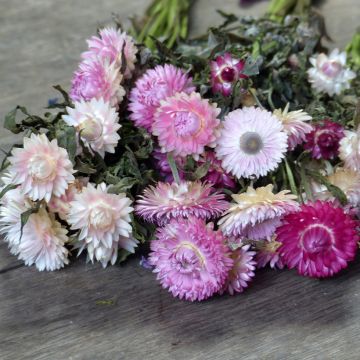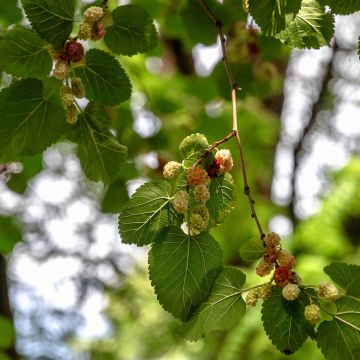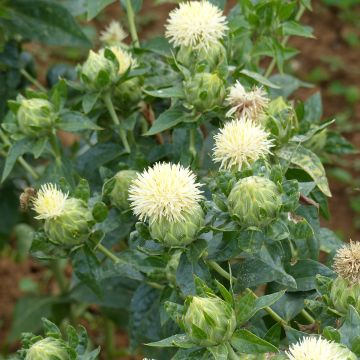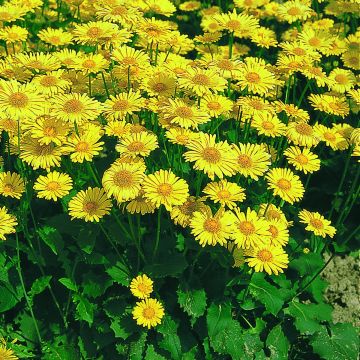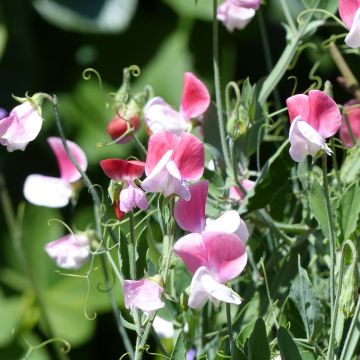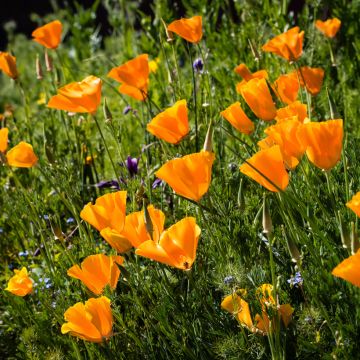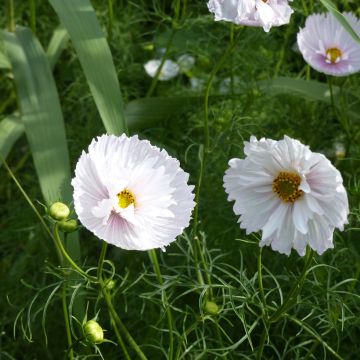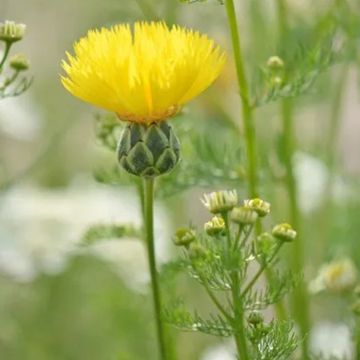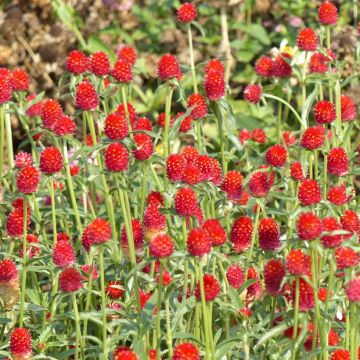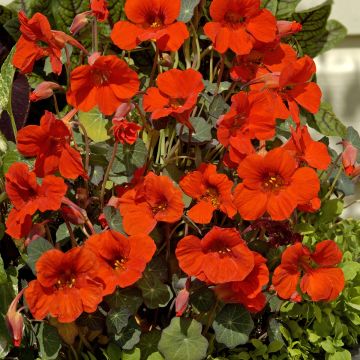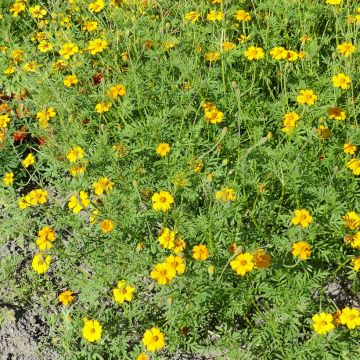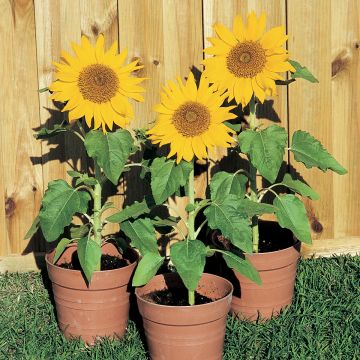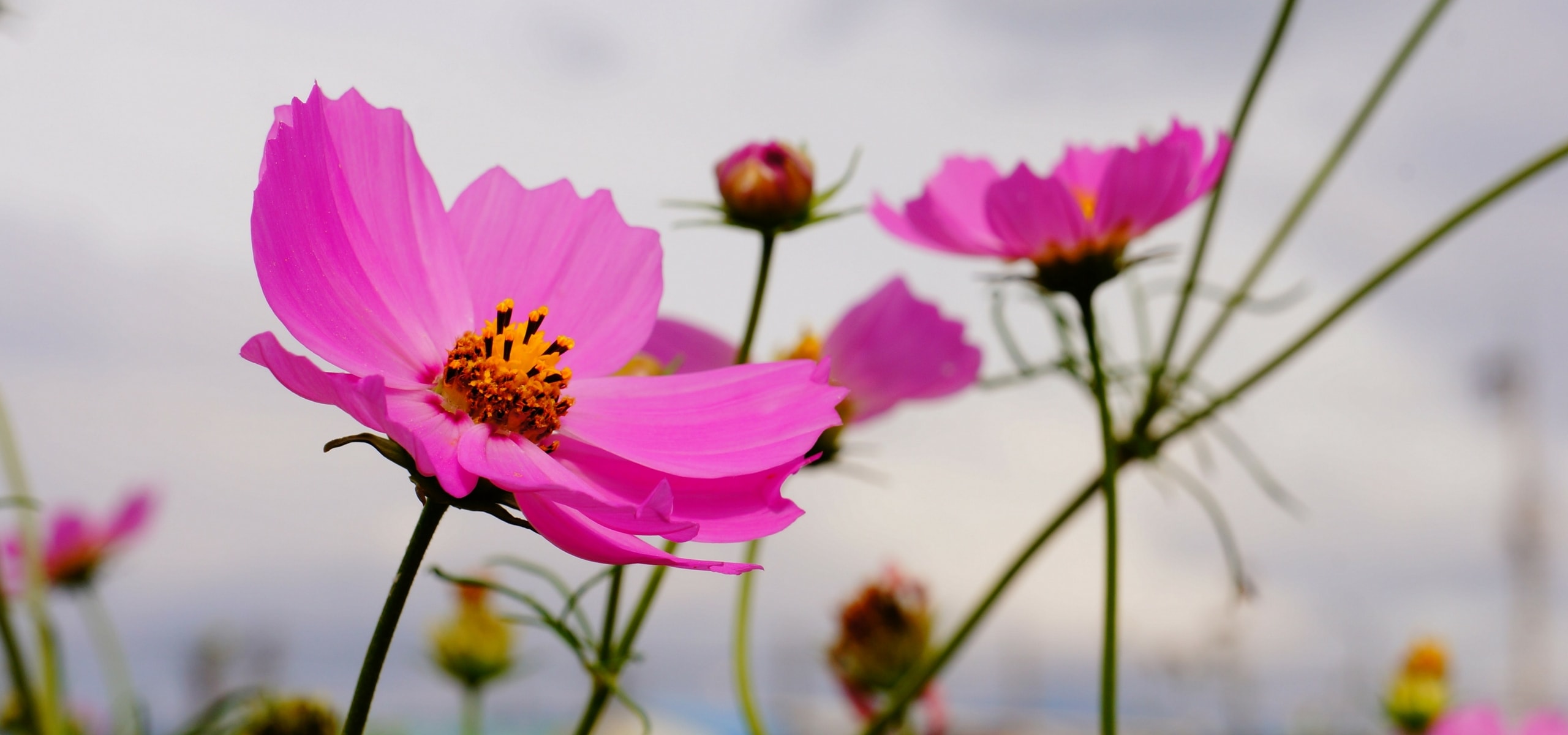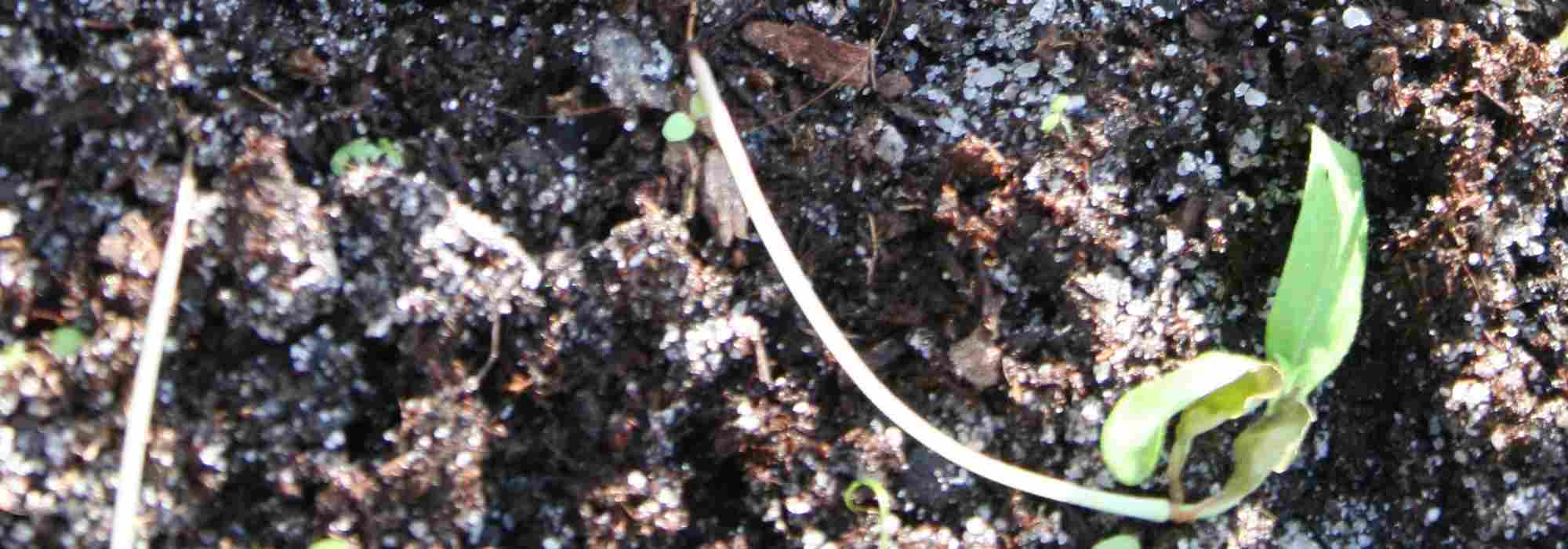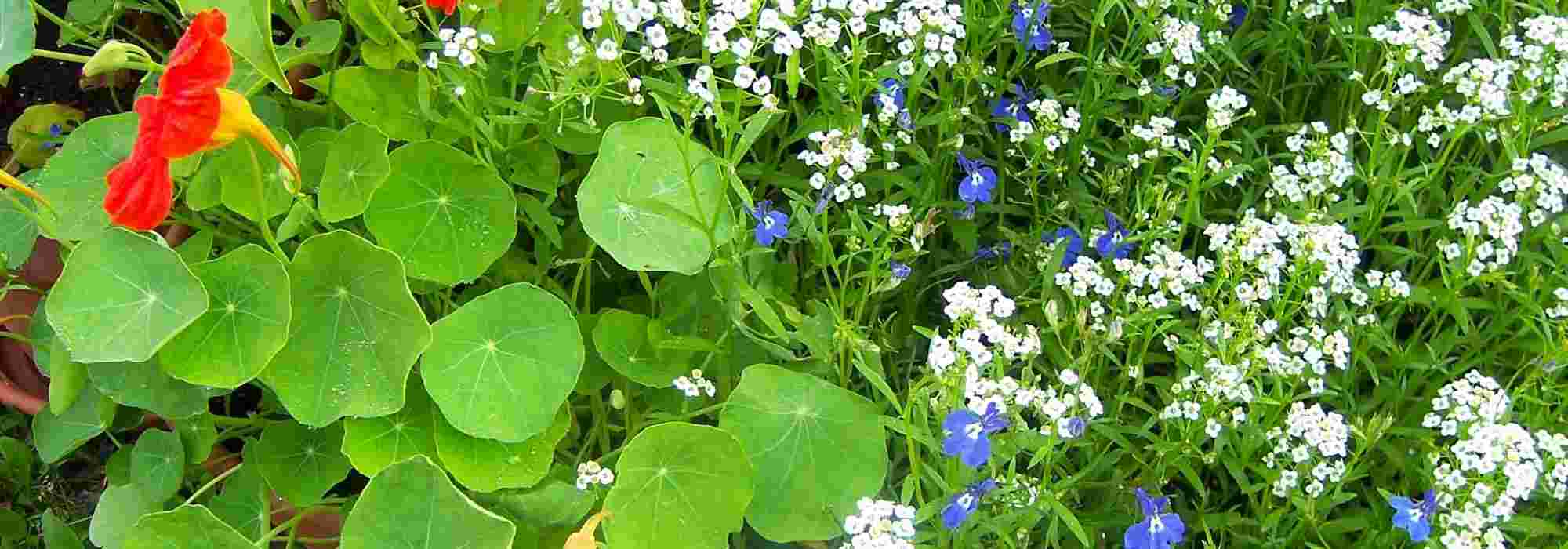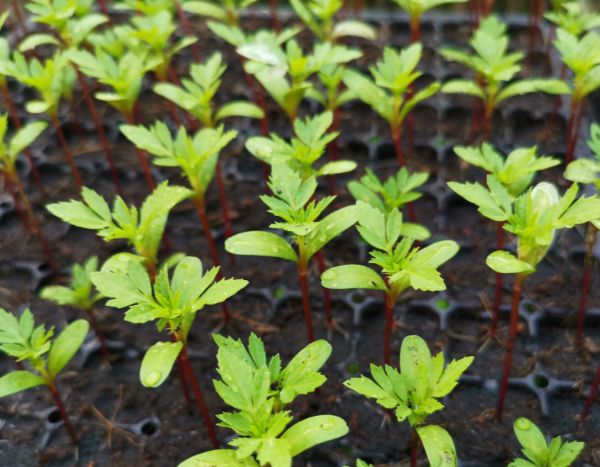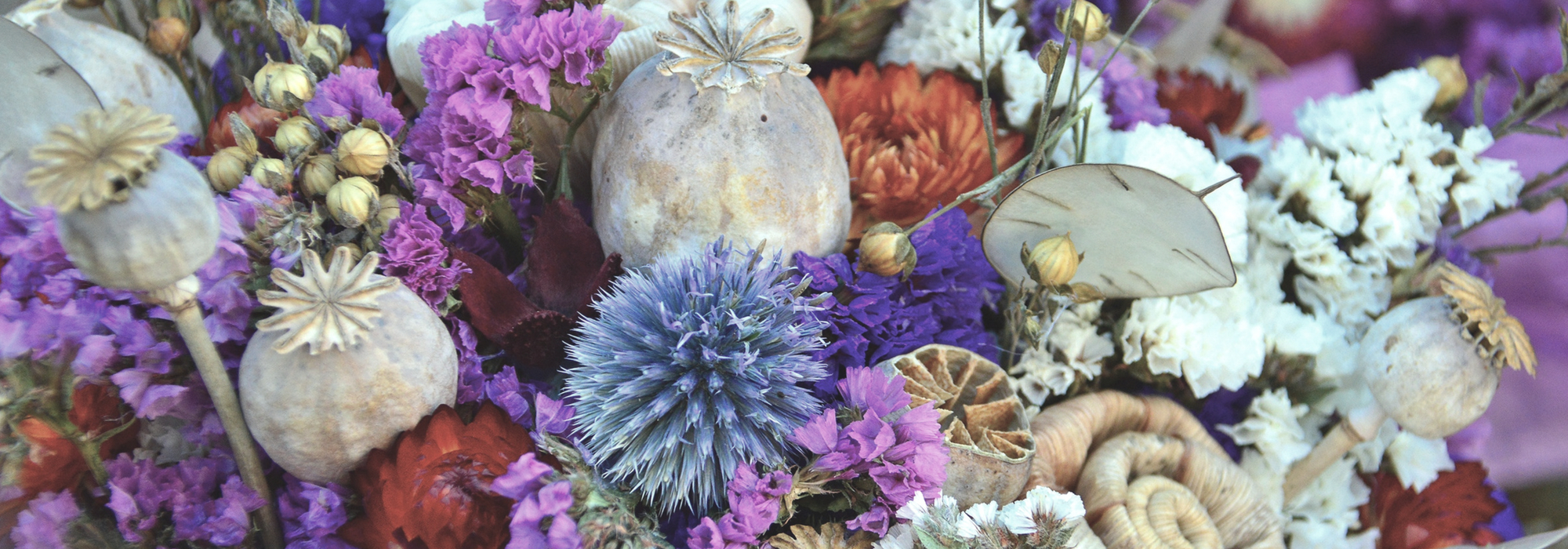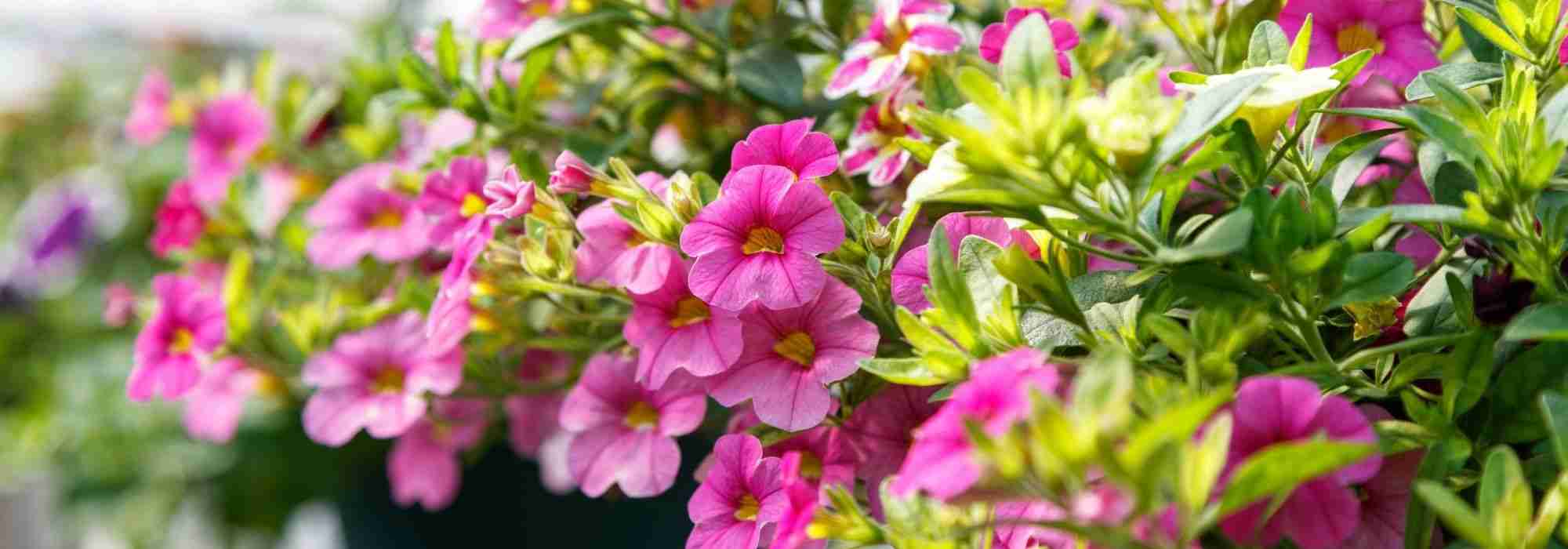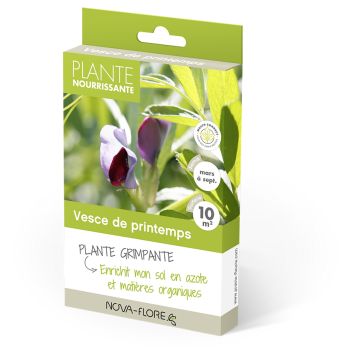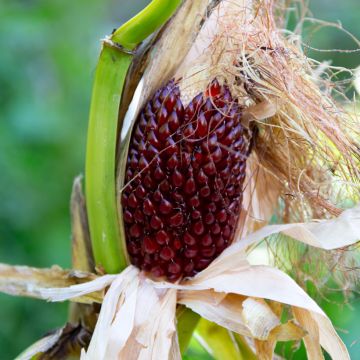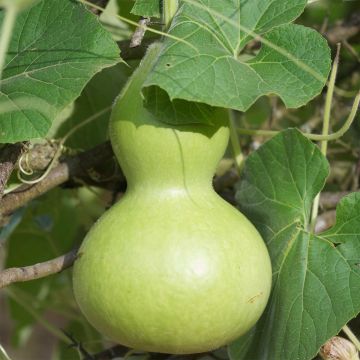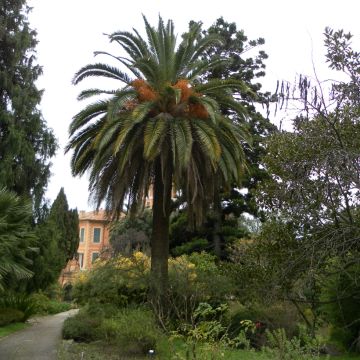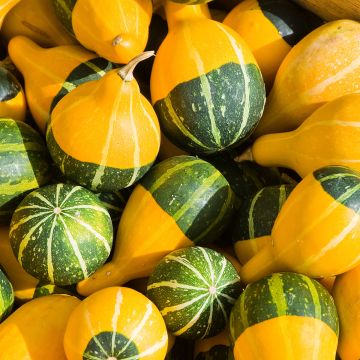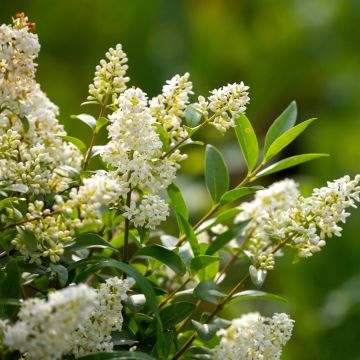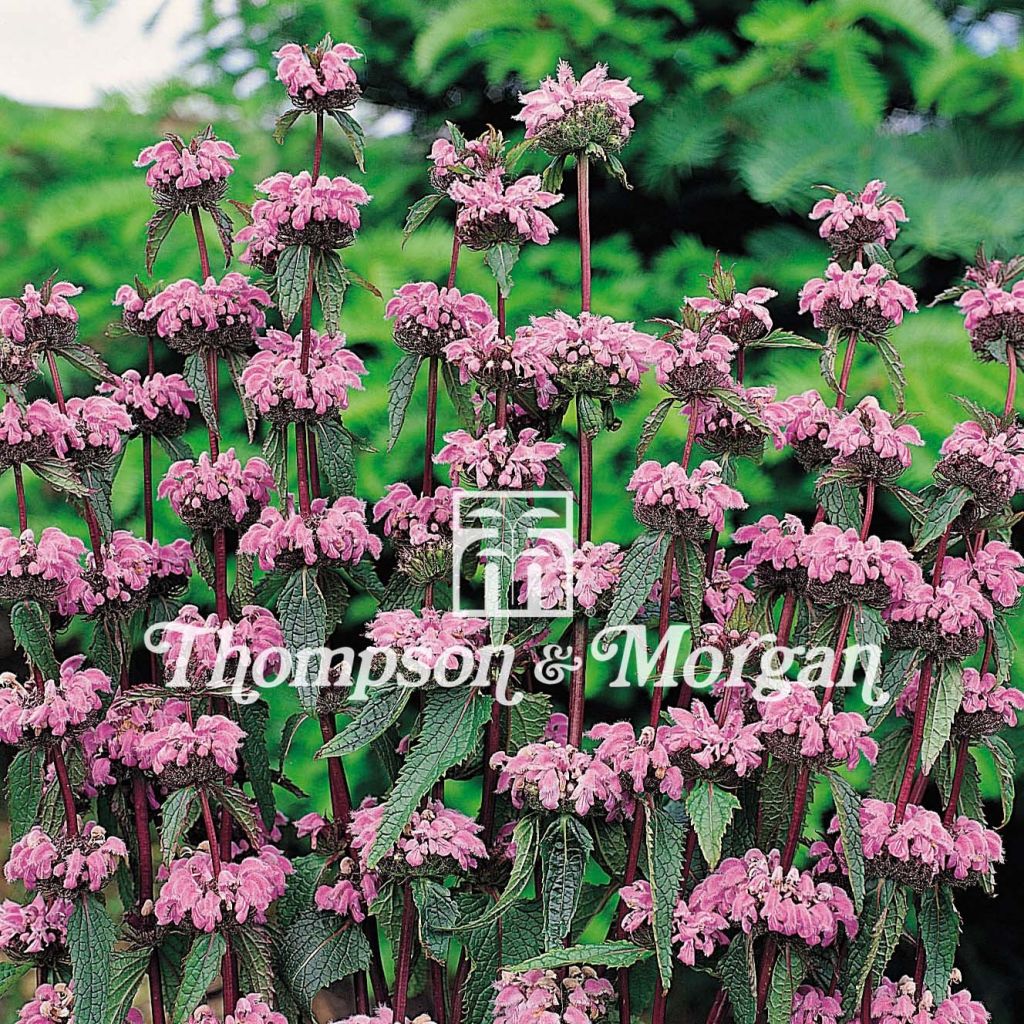

Phlomis tuberosa
Phlomis tuberosa
Phlomis tuberosa
Sage-leaf mullein
Special offer!
Receive a €20 voucher for any order over €90 (excluding delivery costs, credit notes, and plastic-free options)!
1- Add your favorite plants to your cart.
2- Once you have reached €90, confirm your order (you can even choose the delivery date!).
3- As soon as your order is shipped, you will receive an email containing your voucher code, valid for 3 months (90 days).
Your voucher is unique and can only be used once, for any order with a minimum value of €20, excluding delivery costs.
Can be combined with other current offers, non-divisible and non-refundable.
Why not try an alternative variety in stock?
View all →This plant carries a 6 months recovery warranty
More information
We guarantee the quality of our plants for a full growing cycle, and will replace at our expense any plant that fails to recover under normal climatic and planting conditions.
Does this plant fit my garden?
Set up your Plantfit profile →
Description
Phlomis tuberosa, unlike shrubby phlomis, is a tuberous and perennial plant that bears a clump of dark green leaves. In late spring, it develops slender leafy inflorescences tinged with purple and adorned with pinkish-violet flowers organised in small staggered bouquets. This nectar-rich plant is perfect for natural gardens, shrub beds, perennial beds, or annual beds. It will thrive in any well-drained soil, in full sun or partial shade.
Phlomis tuberosa belongs to the Lamiaceae family. It is related to salvias and lavenders. This robust herbaceous perennial plant is native to southeastern Europe, Turkey, and Iran. Capable of adapting to the climate, Phlomis tuberosa will flower in May in Mediterranean-style regions, then go dormant underground during summer before reappearing with the return of rain in September. In cooler climates, it will flower in June-July and go dormant in autumn. Its main enemy is heavy, waterlogged soil in winter, which significantly reduces its cold resistance.
It first develops long-petioled leaves with cordate bases. The dark green leaves are shiny, strongly veined, and wavy, measuring 15 to 20cm (6 to 8in) long and 8 to 10cm (3 to 4in) wide. Flowering occurs from May to July, depending on the region. Tall, purple-violet stems with smaller leaves emerge from the stump, reaching 60 to 80cm (24 to 32in) above the ground. At regular intervals, whorls or clusters of small bilabiate, hairy, pinkish flowers speckled with purple form on these stems, attracting pollinating insects. They are enclosed in reddish bracts that persist long after the flowers have faded. They then form decorative clusters resembling moss until autumn. The seeds of this phlomis germinate easily and quickly in light soil.
Phlomis tuberosa can be planted in perennial beds where it will bring a vertical and natural touch. It is also a good companion for early-flowering pastel roses and ornamental grasses. Combine it with purple or green-leaved pennisetum, Muhlenbergia capillaris, or Amaranthus 'Velvet Curtains'. You can also plant it with its cousins from the Lamiaceae family: perennial and shrubby salvias with blue, white, pink, or red flowers, lavenders, rosemary, and catmints. If your soil is clayey and heavy, create a raised bed enriched with gravel to accommodate it (a 30cm (12in) difference in elevation is sufficient).
Report an error about the product description
Flowering
Foliage
Plant habit
Botanical data
Phlomis
tuberosa
Lamiaceae
Sage-leaf mullein
Mediterranean
Other Flower seeds A to Z
View all →Planting and care
Sow the seeds from February to June or from September to October. Sow the seeds in pots or trays, on the surface of light and well-drained seed compost. Cover the seeds with finely sieved compost.
Place in a mini-greenhouse at a temperature of 20 to 25°C (68 to 77°F) until germination, which usually takes between 10 days (if the seeds have undergone a cold treatment) and 4 months.
When the young plants are large enough to handle, transplant them into 8cm (3in) pots and grow them in cooler conditions.
When all risk of frost has passed, gradually acclimatise the plants to outdoor conditions, for 7 to 10 days, before planting them outside.
Space them 60cm (24in) apart. Plant them in any neutral or acidic soil that is very well-drained. Ideally, choose a very sunny exposure (partial shade is tolerated in warm climates). Flowering will generally occur after 2 years of cultivation.
Sowing period
Intended location
Planting & care advice
This item has not been reviewed yet - be the first to leave a review about it.
Similar products
Haven't found what you were looking for?
Hardiness is the lowest winter temperature a plant can endure without suffering serious damage or even dying. However, hardiness is affected by location (a sheltered area, such as a patio), protection (winter cover) and soil type (hardiness is improved by well-drained soil).

Photo Sharing Terms & Conditions
In order to encourage gardeners to interact and share their experiences, Promesse de fleurs offers various media enabling content to be uploaded onto its Site - in particular via the ‘Photo sharing’ module.
The User agrees to refrain from:
- Posting any content that is illegal, prejudicial, insulting, racist, inciteful to hatred, revisionist, contrary to public decency, that infringes on privacy or on the privacy rights of third parties, in particular the publicity rights of persons and goods, intellectual property rights, or the right to privacy.
- Submitting content on behalf of a third party;
- Impersonate the identity of a third party and/or publish any personal information about a third party;
In general, the User undertakes to refrain from any unethical behaviour.
All Content (in particular text, comments, files, images, photos, videos, creative works, etc.), which may be subject to property or intellectual property rights, image or other private rights, shall remain the property of the User, subject to the limited rights granted by the terms of the licence granted by Promesse de fleurs as stated below. Users are at liberty to publish or not to publish such Content on the Site, notably via the ‘Photo Sharing’ facility, and accept that this Content shall be made public and freely accessible, notably on the Internet.
Users further acknowledge, undertake to have ,and guarantee that they hold all necessary rights and permissions to publish such material on the Site, in particular with regard to the legislation in force pertaining to any privacy, property, intellectual property, image, or contractual rights, or rights of any other nature. By publishing such Content on the Site, Users acknowledge accepting full liability as publishers of the Content within the meaning of the law, and grant Promesse de fleurs, free of charge, an inclusive, worldwide licence for the said Content for the entire duration of its publication, including all reproduction, representation, up/downloading, displaying, performing, transmission, and storage rights.
Users also grant permission for their name to be linked to the Content and accept that this link may not always be made available.
By engaging in posting material, Users consent to their Content becoming automatically accessible on the Internet, in particular on other sites and/or blogs and/or web pages of the Promesse de fleurs site, including in particular social pages and the Promesse de fleurs catalogue.
Users may secure the removal of entrusted content free of charge by issuing a simple request via our contact form.
The flowering period indicated on our website applies to countries and regions located in USDA zone 8 (France, the United Kingdom, Ireland, the Netherlands, etc.)
It will vary according to where you live:
- In zones 9 to 10 (Italy, Spain, Greece, etc.), flowering will occur about 2 to 4 weeks earlier.
- In zones 6 to 7 (Germany, Poland, Slovenia, and lower mountainous regions), flowering will be delayed by 2 to 3 weeks.
- In zone 5 (Central Europe, Scandinavia), blooming will be delayed by 3 to 5 weeks.
In temperate climates, pruning of spring-flowering shrubs (forsythia, spireas, etc.) should be done just after flowering.
Pruning of summer-flowering shrubs (Indian Lilac, Perovskia, etc.) can be done in winter or spring.
In cold regions as well as with frost-sensitive plants, avoid pruning too early when severe frosts may still occur.
The planting period indicated on our website applies to countries and regions located in USDA zone 8 (France, United Kingdom, Ireland, Netherlands).
It will vary according to where you live:
- In Mediterranean zones (Marseille, Madrid, Milan, etc.), autumn and winter are the best planting periods.
- In continental zones (Strasbourg, Munich, Vienna, etc.), delay planting by 2 to 3 weeks in spring and bring it forward by 2 to 4 weeks in autumn.
- In mountainous regions (the Alps, Pyrenees, Carpathians, etc.), it is best to plant in late spring (May-June) or late summer (August-September).
The harvesting period indicated on our website applies to countries and regions in USDA zone 8 (France, England, Ireland, the Netherlands).
In colder areas (Scandinavia, Poland, Austria...) fruit and vegetable harvests are likely to be delayed by 3-4 weeks.
In warmer areas (Italy, Spain, Greece, etc.), harvesting will probably take place earlier, depending on weather conditions.
The sowing periods indicated on our website apply to countries and regions within USDA Zone 8 (France, UK, Ireland, Netherlands).
In colder areas (Scandinavia, Poland, Austria...), delay any outdoor sowing by 3-4 weeks, or sow under glass.
In warmer climes (Italy, Spain, Greece, etc.), bring outdoor sowing forward by a few weeks.
































